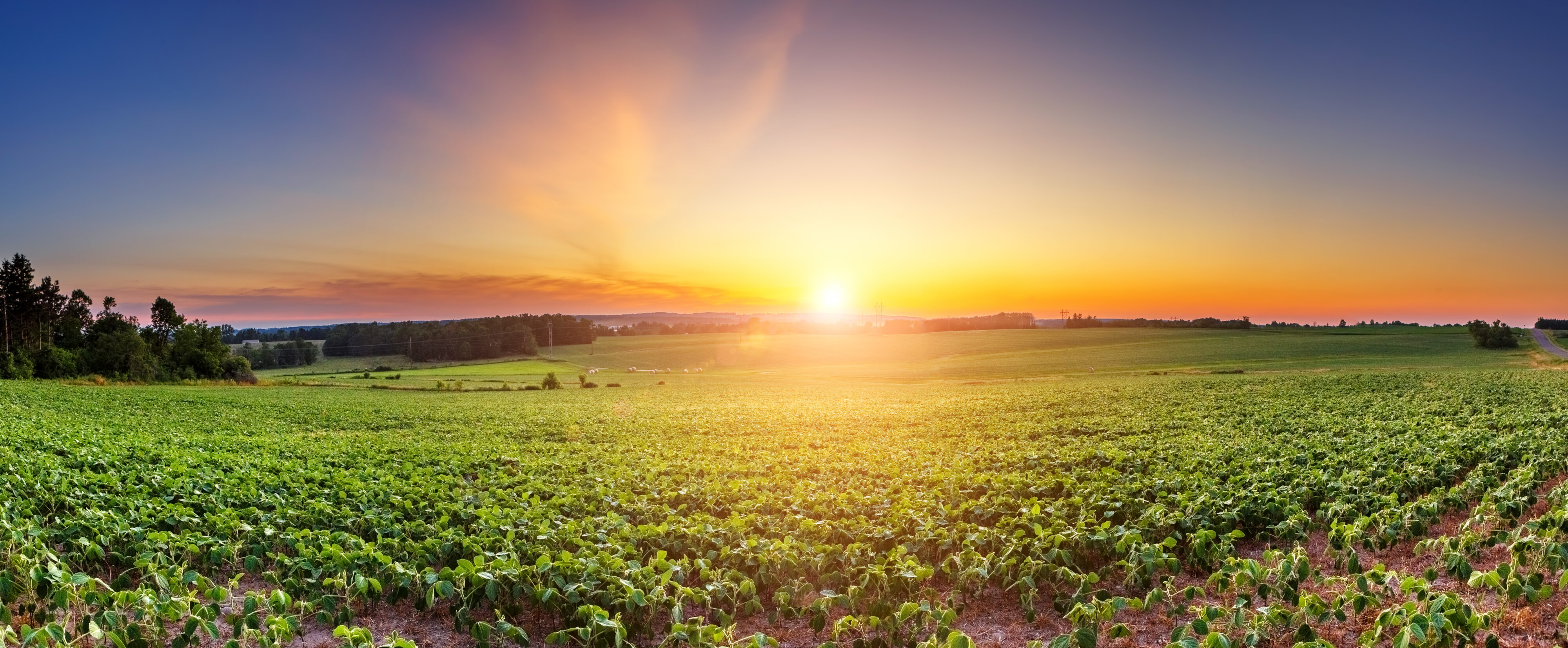
Expect increased protein and oil yields per ton, consistency of soluble sugar and essential amino acids, and minimal total damage.
Consistency and reliability matter. The year 2023 proved to be somewhat of a mixed bag for U.S. soybean farmers due to a persistent drought in some States, and yet they delivered a high quality and sustainably produced crop to help customers access the superior value of U.S. Soy.
The U.S. Soy Crop Quality Report is developed annually by Seth L. Naeve, Professor of Agronomy and Plant Genetics at the University of Minnesota, to analyze the quality of U.S. soybeans. The 2023 report is now available. It dives into the details of the variations of this year’s crop and its effect on quality.
Many factors impact soybean quality, making bean characteristics variable from year to year. The makeup of a soybean is affected by the growing and harvest seasons, its weather and where the crop is planted geographically. Despite adverse weather conditions, U.S. farmers exhibited resilience and determination, producing a soybean harvest that is estimated at an average yield of 3.3 metric tons per hectare (49.6 bushels per acre), which is just slightly below trend.
This year stands out as what experts term an 'Oil Year' in soybean production. The average composition of the soybean crop remained akin to that of the previous year, in 2022. However, the weather conditions resulted in beans being drier than usual, leading to increased protein and oil yields per ton. The natural dry-down of U.S. soybeans also minimizes damage and increases sustainability.
Soybean quality encompasses various factors beyond just protein content, including oil content, amino acid composition, low damage, and suitability for various end uses, such as animal feed or oil extraction. Therefore, the U.S. Soy Crop Quality Report 2023 cites factors like consistency of soluble sugar and essential amino acids, paired with minimal total damage to illustrate the superior quality and reliability of U.S. Soy production.
“Current soybean quality assessments predominantly center around crude protein. However, a paradigm shift is imperative,” says Tom D’Alfonso Ph.D., USSEC’s Director of Animal and Aquaculture.
“It’s crucial the evaluation scope is broadened to encompass the complete nutrient bundle, integrating amino acids and digestibility, along with factors like sucrose and energy content. This holistic approach is essential for showcasing the true quality that translates into substantial value for end users,” D’Alfonso added.
The resilience demonstrated by U.S. Soy farmers in overcoming the challenges of the 2023 drought on soybean production is commendable. The adaptability and innovation of U.S. Soy farmers is more important than ever to delivering nutrition, food security and sustainability for future generations.
This story was partially funded by U.S. Soy farmers, their checkoff and the soy value chain.
